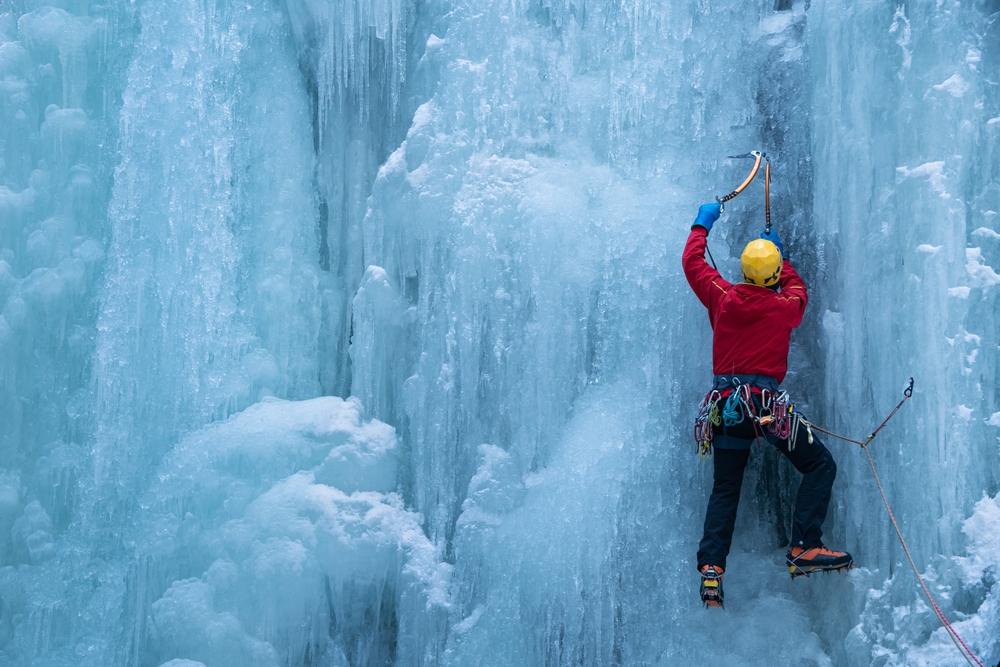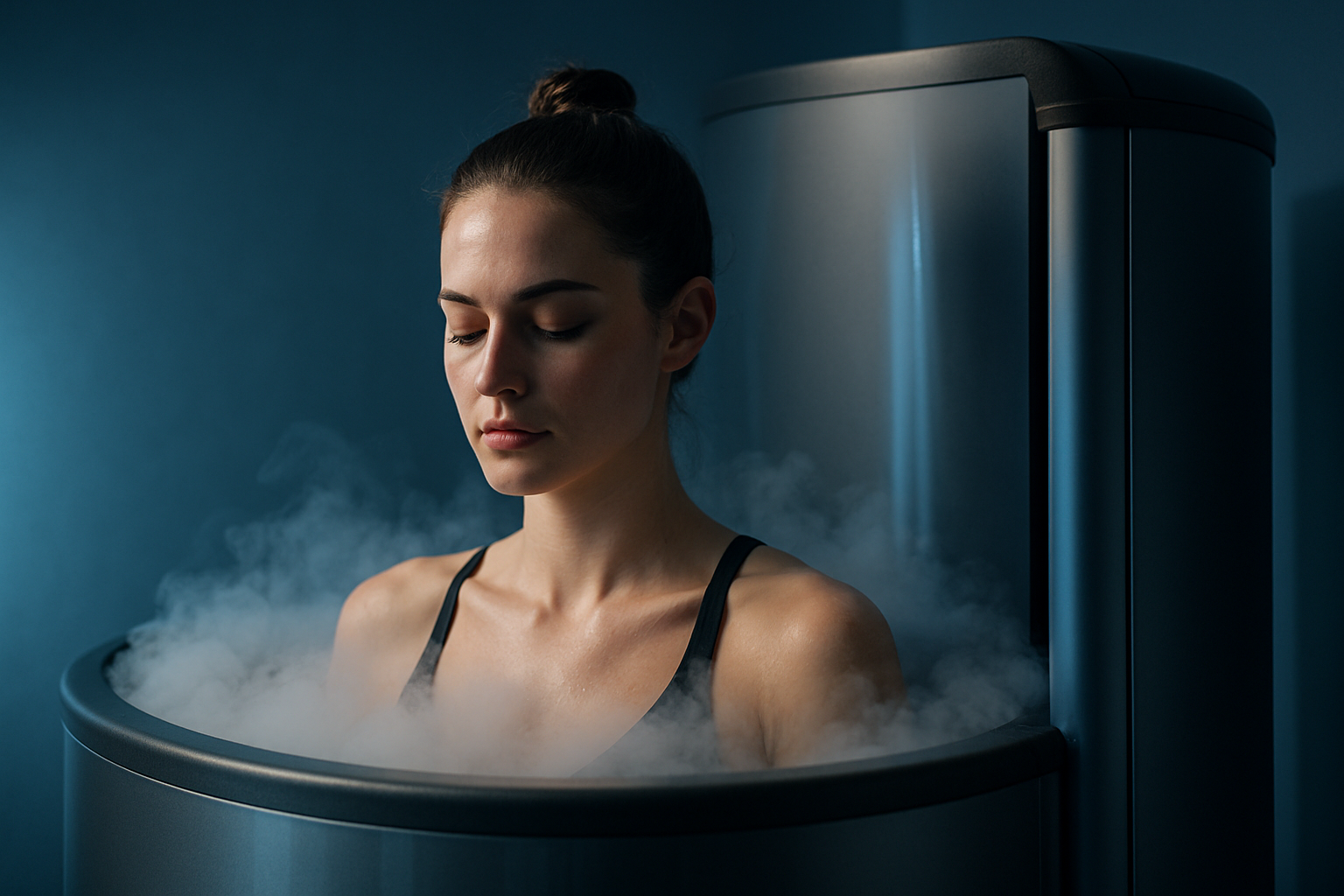Snowboards: Types, Riding Basics, and Conditions
Snowboarding combines equipment knowledge, snow conditions, and rider technique. Whether you are choosing your first board or refining your setup, understanding how a snowboard responds to snow, winter weather, mountain terrain, and powder will help you ride more confidently. This article breaks down board types, how snow and winter conditions affect performance, and practical tips for different mountain environments.

What is a snowboard and how is it built?
A snowboard is a single board with bindings that connects a rider to the snow. Core components include the core (wood, foam, or composites), base material, edges, and the topsheet. Camber, rocker, and hybrid profile shapes change how the board flexes and contacts snow, which affects stability, turning, and pop. Edges and sidecut radius influence turning arc and grip on icy sections, while flex rating helps match the board to rider weight and style.
Manufacturers tune construction for specific uses — freestyle boards emphasize pop and twin shapes for tricks, freeride boards focus on float and directional shapes for mountain lines, and all-mountain designs aim for versatility across varied snow and terrain.
How does snow condition affect snowboard performance?
Snow condition—packed, icy, granular, or deep powder—alters board behavior and required technique. Hard-packed or icy slopes demand sharp edges and a stiffer board to hold carved turns without sliding. Fresh, dense snow provides predictable grip but can bog a narrow, flat-profile board. Wet or heavy snow increases resistance and may feel slower.
Adaptation includes adjusting edge angle on your bindings, waxing the base for the temperature range, and selecting a board profile designed for the expected snow. For riders encountering variable conditions on the same mountain run, an all-mountain board with a balanced flex and medium sidecut often offers the most consistent performance.
Choosing a snowboard for winter riding and conditions
Selecting a snowboard for winter should start with your riding goals, weight, boot size, and preferred mountain terrain. Winter-specific considerations include the local climate (cold, dry continental snow versus wet maritime snow), typical slope steepness, and how often you encounter powder. Board length is often based on rider height and weight but can be shortened for park use or lengthened for powder float.
Bindings and boots are equally important: a responsive binding with an appropriate flex and a properly fitting boot improve control and reduce fatigue on long winter days. For service and setup, look for local services for boot fitting, binding mounting, and board tuning to match your winter conditions.
Riding on mountain terrain: techniques and board selection
Mountain terrain varies from groomed runs to tree runs, chutes, and alpine faces; each calls for a slightly different approach. On groomed runs, carving on edge with a medium-stiff board gives precision; in trees and tight terrain, a slightly shorter, more maneuverable board helps quick turns. Steep chutes benefit from a stiffer, more stable board that resists chatter at speed and provides consistent edge hold on varied snow.
Technique changes with terrain: keep a centered stance and active knees for groomers, shift weight slightly back in deep snow to avoid nose dive, and use shorter, more frequent turns in tight spaces. Practicing on progressive slopes helps transfer skills safely to more challenging mountain sections.
Powder riding and board design for float and control
Powder riding emphasizes float, control, and efficient turn initiation. Powder-specific boards often have a directional shape with a longer nose, setback stance, and a looser tail profile to lift the nose and glide on deep snow. Volume distribution—wider nose relative to the waist and tail—helps maintain buoyancy in fresh snow.
Riding powder also involves technique: a slightly rearward weight bias prevents the nose from submerging, smooth, rounded turns maintain momentum, and subtle edging helps steer without catching. For fluctuating conditions, a board with moderate powder-friendly features (mild setback, fuller nose) balances everyday mountain use with occasional deep days.
Conclusion
Understanding how snowboards are built and how snow, winter conditions, mountain terrain, and powder affect performance can guide equipment choices and riding technique. Matching board profile, flex, and length to your typical conditions and goals — and using proper boots, bindings, and tuning from local services when needed — will make winter mountain days safer and more enjoyable.




